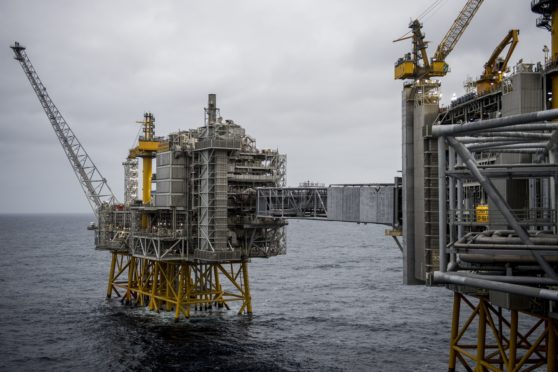Oil prices were broadly stable on Thursday as signs the worst effects of the Omicron coronavirus variant might be fairly containable were countered by new curbs amid surging case numbers.
Brent crude futures were up 21 cents, or 0.3%, to $75.50 a barrel at 1414 GMT, after a 1.8% gain in the previous session.
U.S. West Texas Intermediate (WTI) crude futures were up 19 cents, or 0.3%, at $72.95 a barrel after jumping 2.3% in the previous session.
Both contracts are set for a third straight day of gains. So far this year, Brent has risen around 46% and WTI 50%.
The big gains on Wednesday were partly spurred by a larger-than-expected drawdown in U.S. crude stockpiles last week.
Also supporting bulls, the United States authorized Pfizer Inc’s antiviral COVID-19 pill for people aged 12 and older, the first oral and at-home treatment as well as a new tool against the fast-spreading Omicron variant.
Meanwhile, AstraZeneca said a three-dose course of its COVID-19 vaccine is effective against the Omicron variant, citing data from an Oxford University lab study.
“Oil’s direction is entirely reliant on Omicron headlines, and as long as they stay more contagious but less virulent, oil’s rally is likely to continue, with intra-day ranges exacerbated by thin liquidity,” said OANDA market analyst Jeffrey Halley.
On the flip side, governments reimposed a range of restrictions to slow the spread of Omicron.
The Chinese city of Xian on Wednesday ordered its 13 million residents to stay home, while Scotland imposed gathering limits from Dec. 26 for up to three weeks, and two Australian states reimposed mask mandates.
However, fears over the potential impact of mobility restrictions on fuel demand have receded because the Organization of the Petroleum Exporting Countries (OPEC), Russia and allies have left the door open to reviewing their plan to add 400,000 barrels per day of supply in January.







